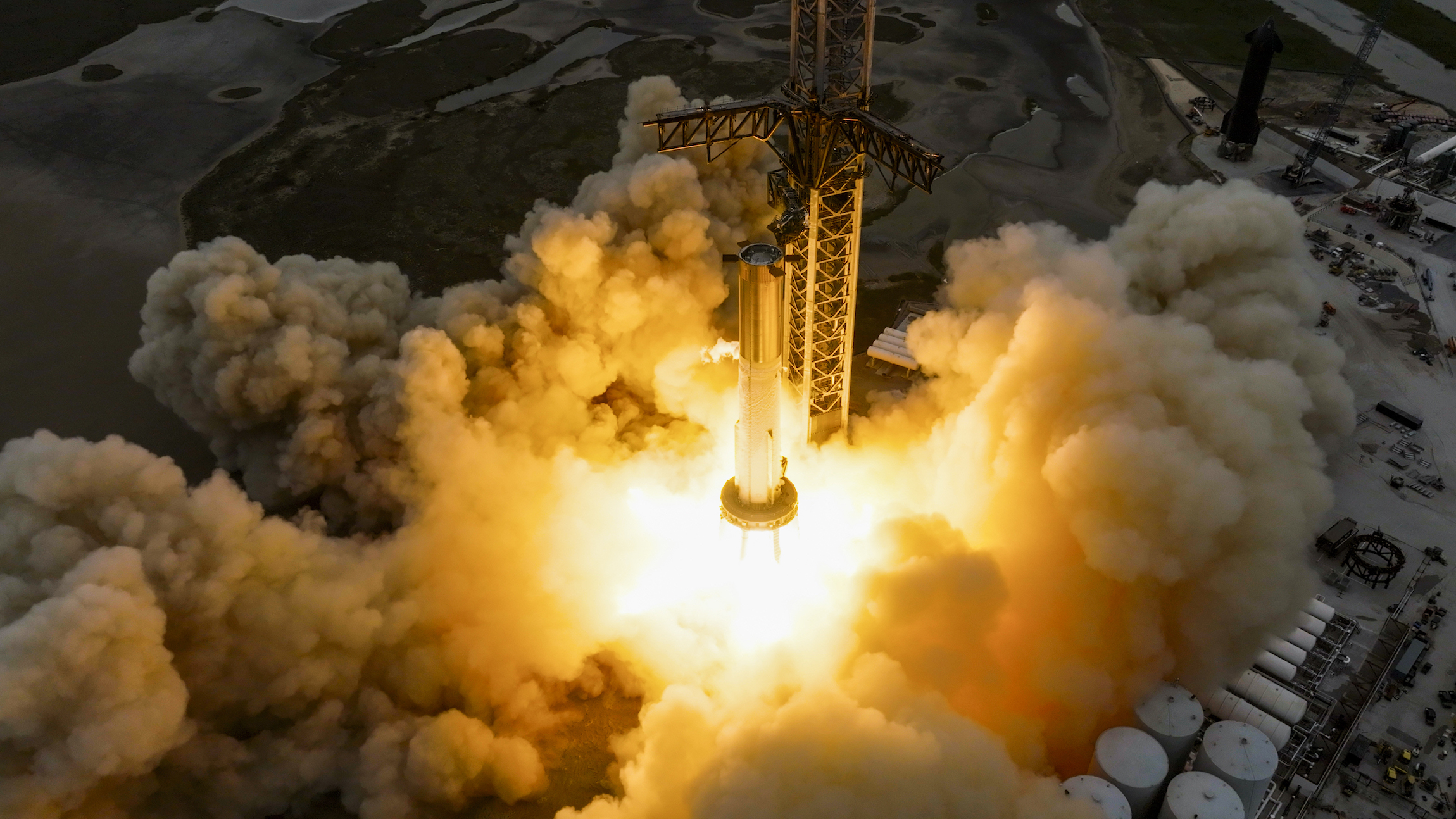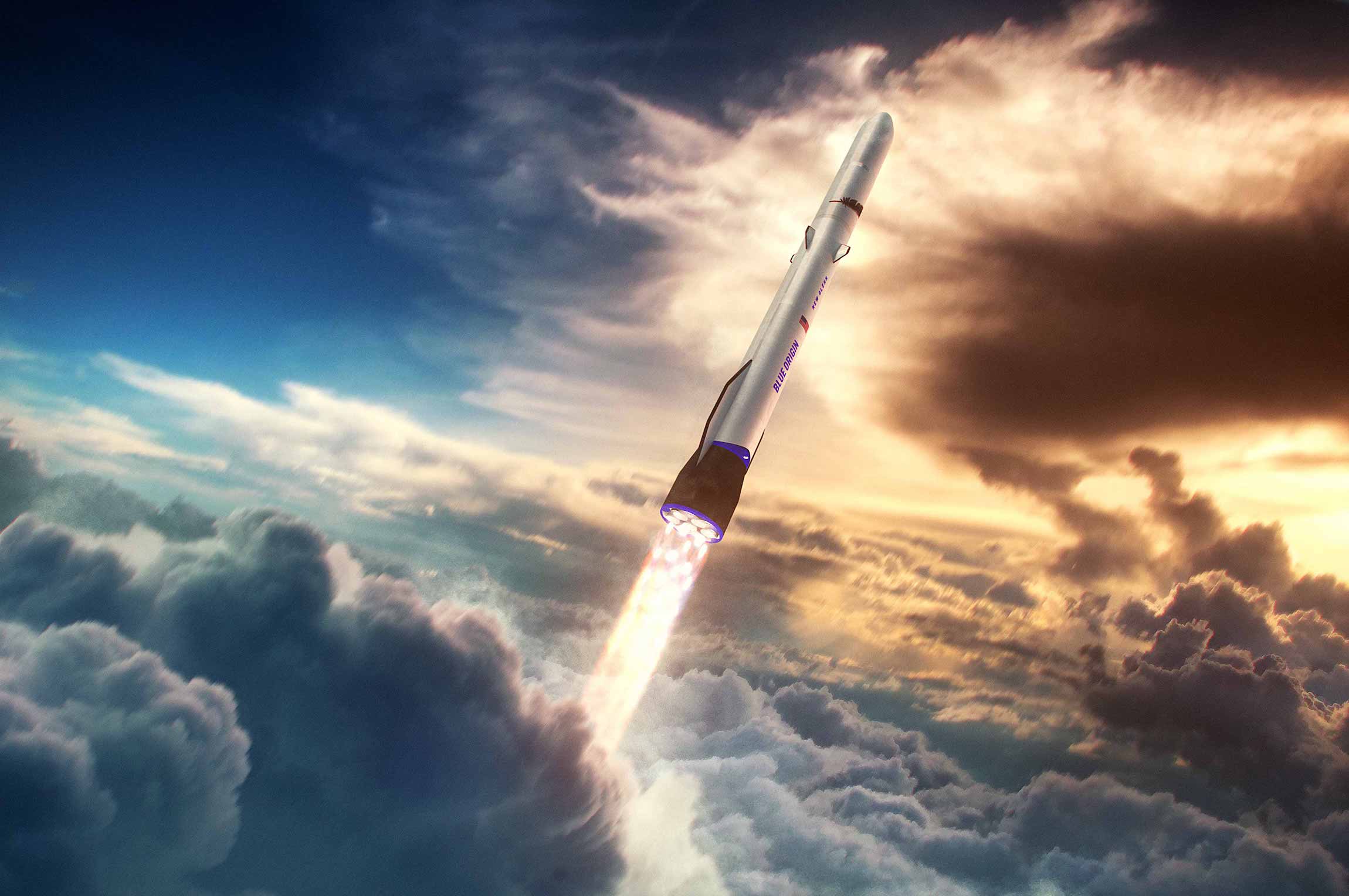Hello and welcome back to Max Q!
In this issue:
- 31 engines make fire
- A mission for Blue Origin’s New Glenn
- News from Rocket Lab, Seraphim and more
SpaceX conducted a full-duration static fire test of Starship’s Super Heavy Booster
The long-awaited static fire test of Starship’s Super Heavy Booster took place last week, with SpaceX managing to fire 31 Raptor 2 engines at full duration. It’s the most engines they’ve ever fired at once, and the most powerful rocket engine firing in history, period.
According to SpaceX, the test produced 7.9 million lbf of thrust, which is less than half (!!!) of the booster’s capability.
This was the final major test before launch. But that doesn’t mean the way is completely clear: SpaceX is still waiting on the launch license from the U.S. Federal Aviation Administrator, the regulator that governs launch. But according to public comments from SpaceX President Gwynne Shotwell, a launch attempt within a month or so is looking likely.

Image Credits: SpaceX (opens in a new window)
NASA will launch a Mars mission on Blue Origin’s New Glenn
NASA is planning a science mission to Mars that will ride up aboard a New Glenn — Blue Origin’s first big government contract for the as-yet-untested launch vehicle.
New Glenn is the much, much larger sibling of the suborbital New Shepard rocket that so many celebrities and rich folks have gone to the edge of space in. Announced in 2016, the launch vehicle would compete with SpaceX’s Falcon Heavy and other heavy-lift options. But six years later, we have yet to see a New Glenn in one piece, let alone ready to launch a Mars mission.
The first flight for New Glenn was scheduled for late 2021, but that date was “refined” earlier that year, purportedly because a contract with the Pentagon had fallen through. Q4 of 2022 was the next window, but obviously that’s come and gone. I’ve asked for updated timing.
The launch contract is through the Venture-Class Acquisition of Dedicated and Rideshare (VADR) program at NASA, which early last year assigned a maximum of $300 million to be split among 13 companies for launch services of various kinds. Everyone who’s anyone is on the list there, essentially providing a low-cost option for noncritical missions. – Devin Coldewey

Image Credits: Blue Origin (opens in a new window)
More news from TC and beyond
- Amazon’s Project Kuiper is one step closer to launching its first internet satellites with the U.S. Federal Communications Commission approving its orbital debris mitigation plan. (FCC)
- CAPSTONE, the NASA spacecraft that’s currently gathering data on a unique lunar orbit, is “happy and healthy” as it continues its long mission around the moon. (Advanced Space)
- Exotrail, a French space mobility startup, has raised $58 million to scale its electric propulsion system and grow its other products. (Exotrail)
- Intuitive Machines’ IM-1 mission to the lunar surface has been pushed back to late June, and will now go to the moon’s South Pole. (Intuitive Machines)
- Rocket Lab debuted two new products as part of its space systems business line, including a software-defined radio and a reaction wheel for constellation-class satellites. (Rocket Lab)
- Seraphim Space Accelerator, the accelerator arm of Seraphim Space VC firm, is partnering with the European Space Agency to identify early-stage startups in Europe. (Seraphim)
- Virgin Orbit said a malfunction with a relatively inexpensive part may have contributed to the company’s most recent LauncherOne mission failure. (SpaceNews)
Max Q is brought to you by me, Aria Alamalhodaei. If you enjoy reading Max Q, consider forwarding it to a friend.
